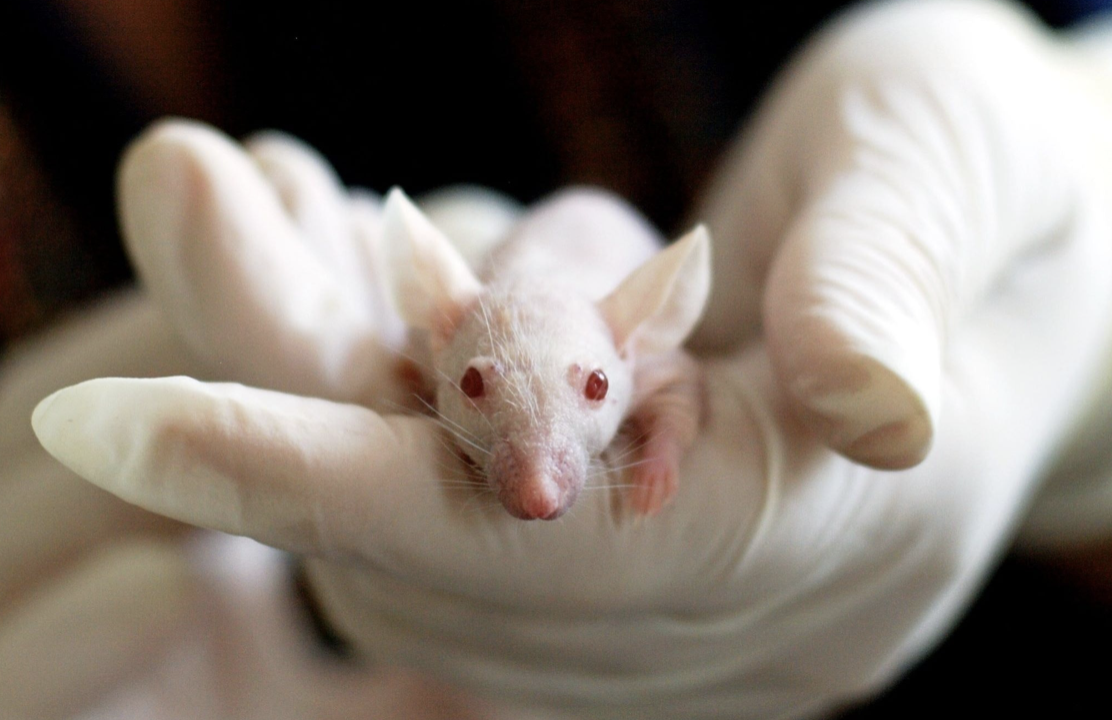Y our immune system is your primary defense against disease—it fights infections caused by pathogenic organisms such as bacteria and viruses. In addition, it fights against your own cells that have “gone rogue” by becoming cancerous. There are several different parts of the immune system, each designed to give you protection against a specific range of threats. One such part consists of the cytotoxic T-cells.
our immune system is your primary defense against disease—it fights infections caused by pathogenic organisms such as bacteria and viruses. In addition, it fights against your own cells that have “gone rogue” by becoming cancerous. There are several different parts of the immune system, each designed to give you protection against a specific range of threats. One such part consists of the cytotoxic T-cells.
These cells can identify and then eliminate malignant cells. They are constantly patrolling the body, on the lookout for cells that do not fit the profile of healthy cells. Mutations can cause a cell to turn malignant and then grow into a malignant tumor. T-cells recognize such malignant cells and destroy them before they grow into a tumor that can grow, proliferate, and ultimately kill its host.] In a peer-reviewed paper that recently appeared in the online journal eLife, titled “Cytotoxic T-cells mediate exercise-induced reductions in tumor growth”, an international group of researchers described experiments that demonstrated the effect described in the paper title—exercised research animals which had been inoculated with cancer cells and then vigorously exercised developed less cancer than similarly inoculated control animals that had been denied the opportunity to exercise.
In a peer-reviewed paper that recently appeared in the online journal eLife, titled “Cytotoxic T-cells mediate exercise-induced reductions in tumor growth”, an international group of researchers described experiments that demonstrated the effect described in the paper title—exercised research animals which had been inoculated with cancer cells and then vigorously exercised developed less cancer than similarly inoculated control animals that had been denied the opportunity to exercise.
The difference in the outcomes appears to be due to the CD8+ T cells. The researchers found that exercise can modify cytotoxic T-cell metabolism, and that exercise-induced effects on tumor growth depend on cytotoxic T-cell activity. When the CD8+ T-cells were depleted by the experimenters, the anti-cancer effects of exercise training were abolished. This is strong evidence that the protective effect of exercise is at least partially due to the activity of CD8+ T-cells.
The more we know about the mechanisms our bodies use as a defense against cancer, the more we will be able to deploy appropriate therapies to protect ourselves against one of the biggest killers, not only of lab mice, but of people too.
BIO:
Allen G. Taylor is a 40-year veteran of the computer industry and the author of over 40 books, including Develop Microsoft HoloLens Apps Now, Get Fit with Apple Watch, Cruise for Free, SQL For Dummies, 9th Edition, Crystal Reports 2008 For Dummies, Database Development For Dummies, Access Power Programming with VBA, and SQL All-In-One For Dummies, Third Edition. He lectures internationally on astronomy, databases, innovation, and entrepreneurship. He also teaches database development and Crystal Reports through a leading online education provider. For the latest news on Allen’s activities, check out his blog at wwwallengtaylor.com or contact him at allen.taylor@ieee.org